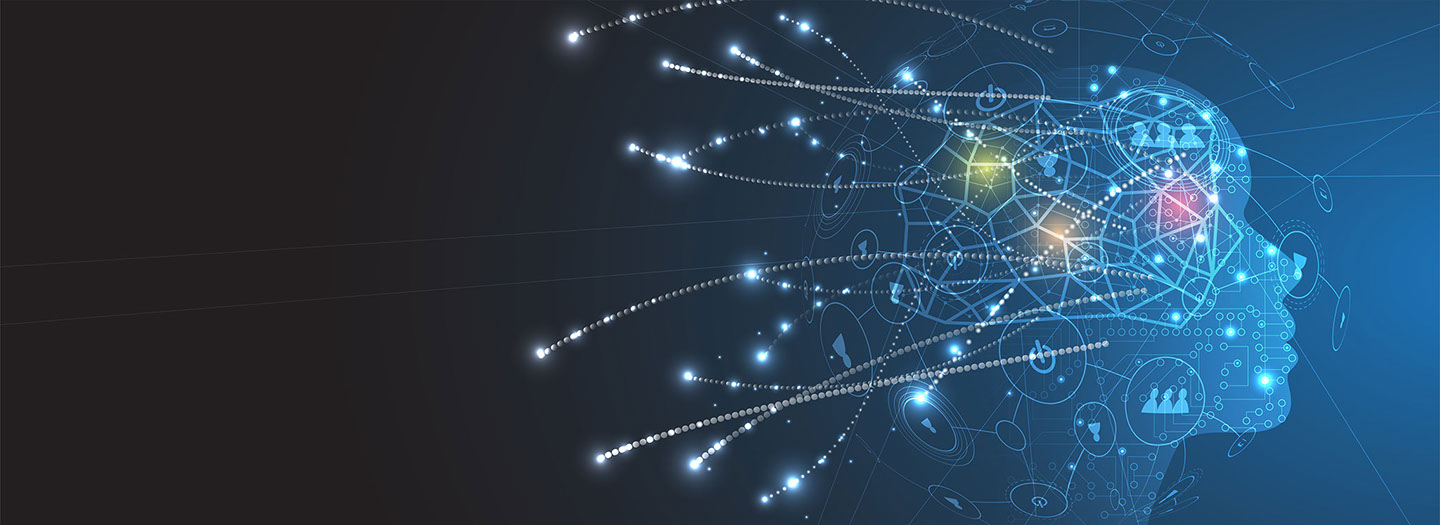
Creating Spaces for Strategic Contemplation:
A Collaborative Webtext
By David Maynard and Christine Denecker
Designed by Megan Adams
Digital Learning Technology: David’s Theoretical Response
On the specific project to expand technological literacy, we must bring to bear the collective strength of our profession and the broad range of intellectual skills we can muster as a diverse set of individuals. The price we pay for ignoring this situation is the clear and shameful recognition that we have failed students, failed as humanists, and failed to establish an ethical foundation for future educational efforts in this country.
— Cynthia Selfe, Technology and Literacy in the 21st Century, 1999, p. 5
The landscape of technology has undergone rapid change since Technology and Literacy was published in 1999. In the face of complex challenges that include the circulation of fake news via online platforms (McComiskey, 2017, p. 41), the ongoing threat of digital algorithmic surveillance (Beck, “Sustaining Critical Literacies,” 2017, p. 43-47), and the link between networked digital technology use, increased carbon dioxide emissions, and accelerated global warming, rhetoric and composition scholars are gradually coming to the unsettling realization that even the most seemingly innocuous technological applications can have geographically and temporally complex and long-ranging effects (Bridle, 2018, p. 63). Such concerns are overwhelming, to be sure, and I find myself continually returning to the above statement from Technology and Literacy as I attempt to make sense of these complex problems and strive to navigate them in more conscientious and ethical ways as a scholar and teacher. In many respects, Selfe’s words have proven prophetic in that, while the landscape of technology has altered in dramatic ways in the approximately twenty years since Technology and Literacy’s publication, many writing professionals (myself included) continue to engage networked digital technology without fully appreciating the ideological and material implications of such use. Of course, when we consider that networked digital technology is often designed to render such effects “invisible” to users, it is not surprising that so many of us make routine use of these technologies in our professional lives without subjecting them to sustained interrogation (Beck, “The Invisible Identity,” 2015, p. 127). However, when we consider the ways in which uncritical technology use potentially participates in what Rob Nixon (2011) has referred to as “slow violence,” a term denoting “a violence that occurs gradually and out of sight, a violence of delayed destruction that is dispersed across time and space, an attritional violence that is typically not viewed as violence at all” (p. 2), it becomes all the more important that we strive to “pay attention” to our technology use in ways that promote increasingly critical and nuanced technological literacies (Selfe, 1999, p. 147).
In the following passages, I attempt to illustrate my own process of cultivating a more nuanced technological literacy by critically reflecting on my creation of a video essay for English 501: Writing Theory and Pedagogy, a class taken as part of my course of study in the Master of Arts in Rhetoric and Writing (MARW) program at the University of Findlay in Spring 2016. Being at that time a relative newcomer to the arena of digital composition, I was both excited and somewhat anxious when my professor, now co-author, Chris Denecker announced to my class that we would be composing and sharing a multimodal research project. As I reflect on my experience of both creating (and now writing about) the project, I see that I was fortunate to have the opportunity to familiarize myself with the benefits of multimodal instructional resources, and I have come to understand how the use of such technologies, any technology, may present certain ethical challenges to scholars and teachers of rhetoric and writing. In the following passages, I will use my experience with the digital technology, Windows Movie Maker, as a basis for reflecting on the benefits of multimodal composing technologies as teaching tools, and I will also reflect upon the risks that can accompany using such technologies in uncritical ways. By drawing the reader’s attention to some of the challenges and conflicts that can result from uncritical technology use, I hope to encourage readers (and myself) to adopt more critical, nuanced orientations toward the ways in which even the most seemingly mundane uses of technology often participate in complex flows of power.
Next Section: Benefits of Multimodal Learning